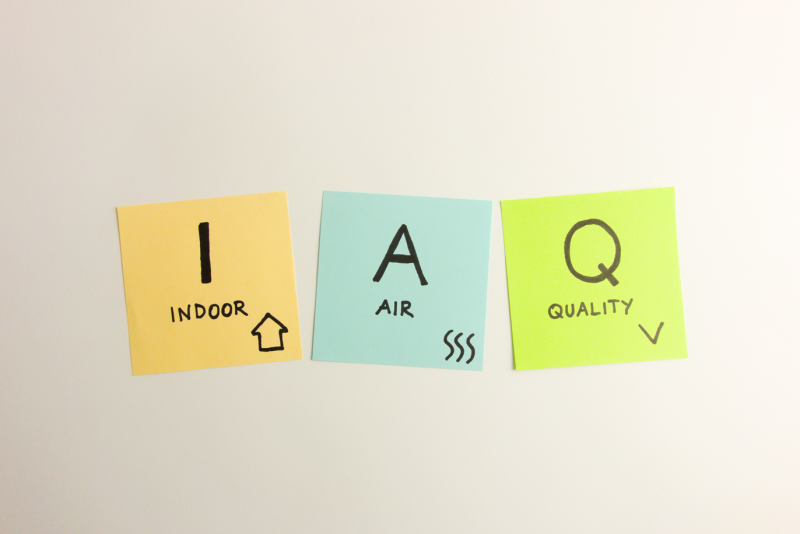Welcome to Radon Action Month. On a scale of 1 to 10, how would you rate your radon knowledge (be honest!)?
Sure, you may have already heard about radon. You might even know that it’s a naturally occurring gas that can be hazardous to your health when it reaches high concentrations inside your home. That’s a very good start.
But if that’s the extent of your knowledge and you’re concerned about keeping your household safe, there’s more that you need to know. The only way to determine how much radon is in your home is to test for it. Let’s take your radon know-how to the next level by looking at some of the most commonly asked questions about radon testing:
1. When is the best time to test for radon?
Fall and winter are the best seasons to test your home for radon because they will provide the most accurate reading for how high radon levels in your home can get. During these colder months, we reduce the air flow through our homes by keeping windows closed, thus allowing radon concentrations to build up inside. As a result, November is the perfect time to start thinking about how you can take action on the potential hazards of radon in your home.
2. How do I conduct a test?
There are a few options to choose from. You can buy a do-it-yourself test kit at your local hardware or home improvement store. Another option is to check in with your local library (yes, you read that right). Many libraries across the province allow you to borrow radon detectors. Finally, if you prefer to hire a professional to conduct the test for you, make sure they are certified by the Canadian National Radon Proficiency Program.
3. Do I need to test even if I own a new home?
The simple answer is Yes. Since radon has more to do with the soil beneath your home than your home’s age, you should consider testing your new home as soon as you can to determine if it is prone to high radon levels. The good news is that many new homes include rough-ins for radon mitigation systems, which will make things a lot easier if you need to reduce radon levels.
4. What if my results are above the Health Canada guideline?
If your radon levels are above Health Canada’s guideline of 200 becquerels per cubic metre, you should take action to reduce it as soon as possible. Fortunately, radon mitigation services are easy to find and are not very expensive. If your home is less than seven years old, radon mitigation is covered for up to $50,000 by the new home warranty.
5. What if my radon levels are low?
If your radon levels come in below Health Canada’s guideline of 200 becquerels per cubic metre, you don’t need to take actions to reduce it. However, you should continue to monitor them, as they can change over time. Experts recommend testing again after about five years.
If you want to learn more about how you can take action against radon, visit takeactiononradon.ca.
